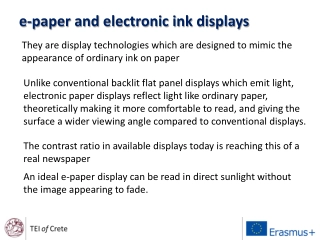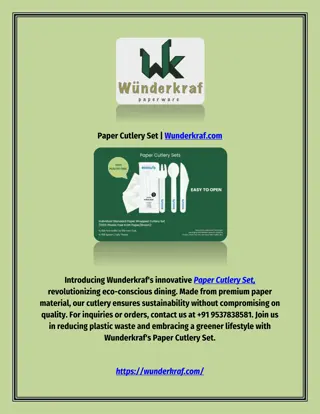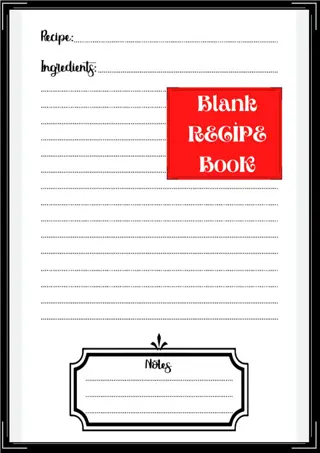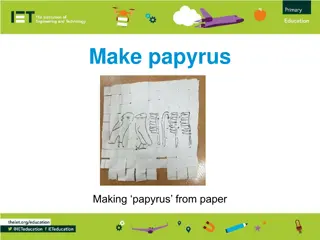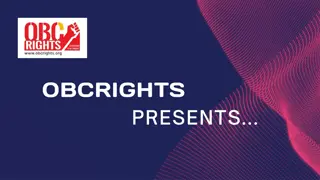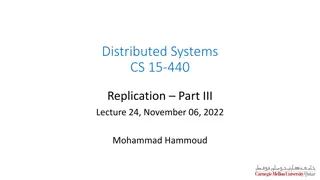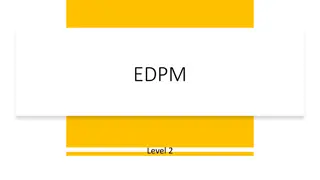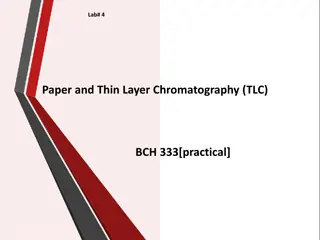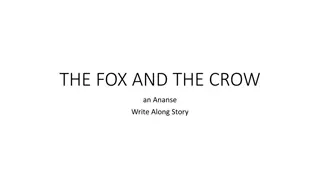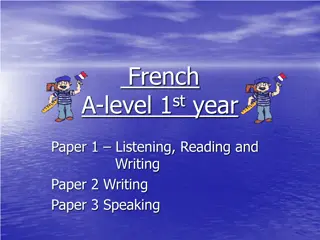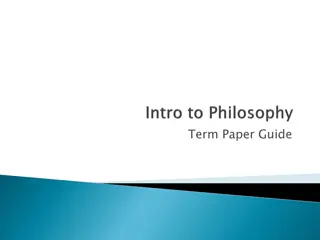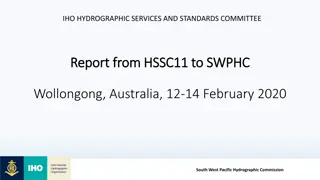
Unlocking the Power of Research Papers
Discover the art of writing impactful research papers with insights from Prabhas Chongstitvatana, a renowned speaker from Chulalongkorn University. Learn how to effectively communicate ideas, overcome writing challenges, and elevate your research presentation. Embrace the process of turning your ideas into valuable contributions through papers and presentations.
Download Presentation

Please find below an Image/Link to download the presentation.
The content on the website is provided AS IS for your information and personal use only. It may not be sold, licensed, or shared on other websites without obtaining consent from the author. If you encounter any issues during the download, it is possible that the publisher has removed the file from their server.
You are allowed to download the files provided on this website for personal or commercial use, subject to the condition that they are used lawfully. All files are the property of their respective owners.
The content on the website is provided AS IS for your information and personal use only. It may not be sold, licensed, or shared on other websites without obtaining consent from the author.
E N D
Presentation Transcript
How to write a good research paper Prabhas Chongstitvatana Chulalongkorn University
The speaker Department of Computer Engineering Chulalongkorn University
Fallacy We write papers and give talks mainly to impress others, gain recognition, and get promoted
Papers communicate ideas Your goal to infect the mind of your reader with your idea The greatest ideas are (literally) worthless if you keep them to yourself
Writing papers: model 1 Idea >> Do research >> Write paper
Writing papers: model 2 Idea >> Write paper >> Do research
Writing a paper Force us to be clear, focused Crystallise what we don t understand Open the way to dialogue with others: reality check, critique, and collaboration
Do not be intimidated Write a paper, and give a talk, about any idea, no matter how insignificant it may seem to you Writing the paper is how you develop the idea in the first place It usually turns out to be more interesting and challenging that it seemed at first
The purpose of your paper is... To convey your idea ...from your head to your reader s head
Conveying the idea Here is a problem It s an interesting problem It s an unsolved problem Here is my idea My idea works (details, data) Here s how my idea compares to other people s approaches
Structure Abstract (short) Introduction (1) The problem (1) My idea (2) The details (4) Related work (2) Conclusions and further work (short)
The abstract I usually write the abstract last Used by program committee to decide which papers to read Four sentences [Kent Beck] 1. State the problem 2. Say why it s an interesting problem 3. Say what your solution achieves 4. Say what follows from your solution
The introduction (1) Describe the problem Use an example to introduce the problem State your contributions Contributions should be refutable Do not leave the reader to guess what your contributions are ...and that is all
The introduction The introduction (including the contributions) should survey the whole paper
Content of your paper Concentrate single-mindedly on a narrative that Describe the problem, and why it is interesting Describe your idea Defend your idea, showing how it solves the problem, and filling out the details
Content of your paper In a paper you MUST provide the details, but FIRST convey the idea Don t make your reader fall asleep!
Content of your paper Introduce the problem, and your idea, using EXAMPLES and only then present the general case
Conveying the idea Explain it as if you were speaking to someone using a whiteboard Conveying the intuition is primary, not secondary Once your reader has the intuition, she can follow the details (but not vice versa) Even if she skips the details, she still takes away something valuable
Evidence Your introduction makes claims The body of the paper provides evidence to support each claim Check each claim in the introduction, identify the evidence, and forward-reference it from the claim Evidence can be: analysis and comparison, theorems, measurements, case studies
Related work Fallacy To make my work look good, I have to make other people s work look bad
The truth Giving credit to others does not diminish the credit you get from your paper Warmly acknowledge people who have helped you Be generous to the competition Acknowledge weaknesses in your approach
Giving credit Failing to give credit to others can kill your paper If you imply that an idea is yours, and the referee knows it is not, then either You don t know that it s an old idea (bad) You do know, but are pretending it s yours (very bad)
Listening to your reviewers Every review is gold dust Be (truly) grateful for criticism as well as praise This is really hard But it s really, really important
Basics Submit by the deadline Keep to the length restrictions On occasion, supply supporting evidence (e.g. experimental data, or a written-out proof) in an appendix Always use a spell checker
Acknowledgement How to write a great research paper Simon Peyton Jones Microsoft Research, Cambridge

